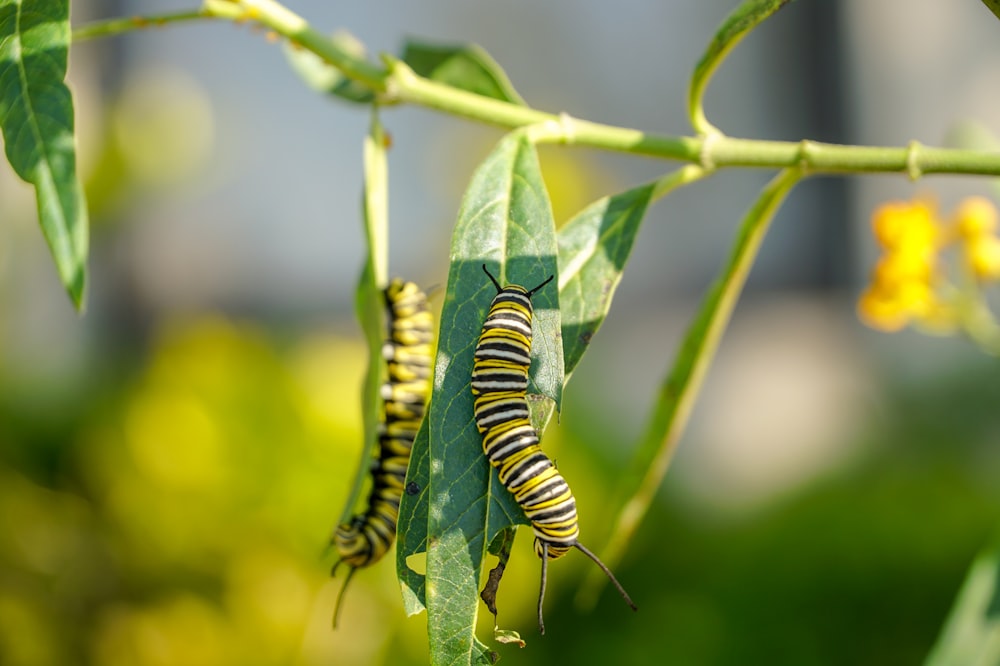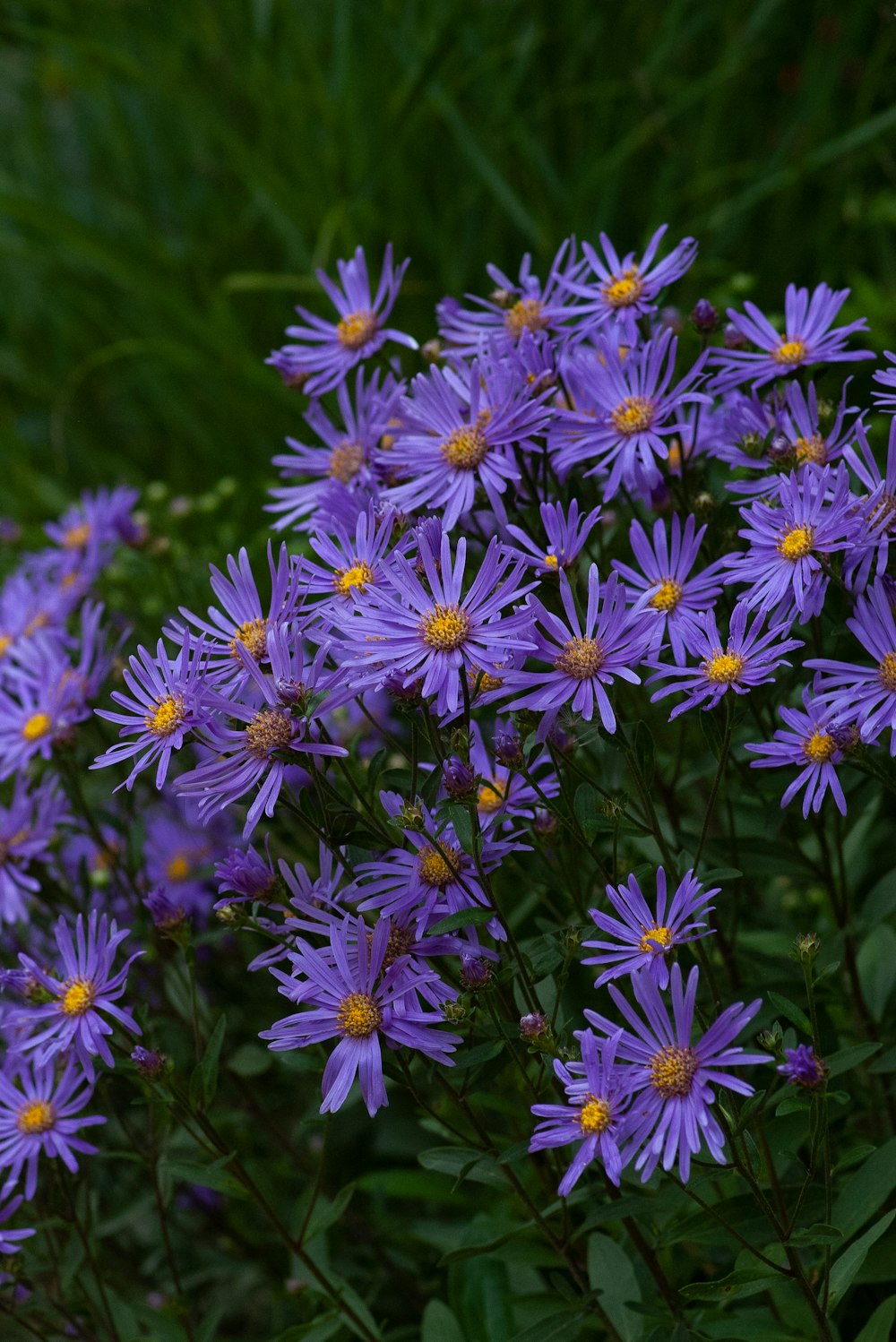To attract the greatest number of butterflies and have them as residents in your yard you will need to have plants that serve the needs of all life stages of the butterfly. They need a place to lay eggs, food plants for the larva (caterpillar), a place to form a chrysalis, and nectar sources for the adult.
Most adult butterflies live 10-20 days. Some, however, are believed to live no longer than three or four days, while others, such as over wintering monarchs, may live six months.
Butterfly tarsi or “feet” possess a sense similar to taste. Contact with sweet liquids such as nectar causes the proboscis to uncoil. Millions of shingle-like, overlapping scales give butterfly wings their color and patterns. Metallic, iridescent hues come from faceted scales that refract light; solid colors are from pigmented scales.
During the time from hatching to pupating (forming the pupa or chrysalis), the caterpillar may increase its body size more than 30,000 times. The chrysalises or pupae of many common gossamer wings – a group of butterflies which includes the blues, hairstreaks and elfins – are capable of producing weak sounds. By flexing and rubbing together body segment membranes, sounds are generated that may frighten off small predators and parasites.
In order to make a yard more attractive to butterflies, you need to provide the proper environment. Most important are food plants used by the immature stages (various caterpillars), food sources used by the adult butterflies, and physical environment.
Adult female butterflies spend time searching for food plants required by the immature caterpillar stage. Most butterflies have specific host plants on which they develop. For example, caterpillars of the monarch butterfly develop only on milkweed, while the black swallowtail feeds only on parsley, dill and closely related plants. When females find the proper host plant, they may lay eggs on it.
Providing the necessary food plants for the developing caterpillars also allows production of a “native” population that can be observed in all stages of development. Most species, however, fly away as adult butterflies.
Plants that attract butterflies can be divided into two categories; those that attract adults, and those that are food plants for butterfly larvae (Caterpillars). To attract more than just the passing wanderer, plant a good mix from both categories. By providing plants that the caterpillars can feed on, you will surely have butterflies come and stay. Please remember that Caterpillars will eat the foliage of these plants; therefore, you must accept the damage and forgo the insecticides.

Adults searching for nectar are attracted to:
• red, yellow, orange, pink, or purple blossoms
• flat-topped or clustered flowers
• short flower tubes
Short flower tubes allow the butterflies to reach the nectar with their proboscis. Nectar[1]producing plants should be grown in open, sunny areas, as adults of most species rarely feed on plants in the shade.
Many caterpillars are picky eaters. They rely on only one or two species of plants. The caterpillar of the giant swallowtail butterfly in the northeast and Mid-Atlantic States feed on just two native plant foods – Northern prickly ash and hop tree. Others, such as the red-spotted purple, will feed on a variety of deciduous trees.
Food for adult butterflies usually consists of sweet liquids, such as nectar from flowers that provide energy. Some flowers contain more nectar, and are more attractive to butterflies. Often, specific types of flowers and flower colors also are more attractive. Some species feed on honeydew (produced by aphids), plant sap, rotting fruit and even bird dung.
To attract butterflies to your garden, you need the flowers that produce the nectar that butterflies drink. Nectar is the butterfly’s main source of food. To raise butterflies in your garden you need to grow the plants that caterpillars eat.
There are certain plants that will attract caterpillars. If you want to observe the caterpillar’s transformation into a butterfly, plant these and let them come.
• Milkweeds
• Passion Vine
•Hollyhocks
•Wild Senna
•Pipevines
• Carrot
• Fennel
• Parsley
• Dill
Patches of plants that flower at the same time are more attractive to butterflies than a single plant with a few flowers.
Plant your flowers in sunny places and provide some rocks or stone walls where they can “bask” in the morning to warm up.
Provide a few sheltered areas, like shrubbery or brush piles to protect them from wind and rain, and provide caterpillars a nice place to pupate.
You should plant more than one source of nectar. Planting a variety of nectar sources will encourage more butterflies to visit the garden.

Here are some nectar bearing plants that usually attract adult butterflies:
• Asters
• Bee balm
• Butterfly bush
• Butterfly plant
• Bush cinquefolia
• Cosmos
• Gaillardia
• Lilac
• Marigold
• Ornamental thistles
Bright colors seem to attract more butterflies, but more importantly, large swaths of color will make it easier for them to find your garden.
You may want to include the aptly-named butterfly bush. This large shrub (up to 10 feet) is a magnet to butterflies. In mild-winter areas, its delicate silver foliage adds a pleasing contrast to evergreens.
You should cut back to about 18″ in late winter because it will grow quickly! In a small garden stick to one of the dwarf varieties which reach about five feet (Nanho blue, petite indigo and others). Buddleia is now considered an invasive plant in coastal areas. Watch for and remove seedlings. If you live near a natural area, plant an alternative such as native wild lilac.
Deadheading spent blossoms on Buddleia and flowers like marigold will encourage new blooms and prolong your garden’s butterfly appeal.
If you can spare a corner out of the garden limelight, encourage dandelions and clover; these humble plants are attractive nectar sources. Don’t tidy up too much, either.
A few rotten apples left under your tree might entice a Red Admiral to stop and eat. This striking butterfly supplements its diet with amino acids from decaying fruit, even animal scat. A brush or woodpile can give shelter to over-wintering adults and larvae of several species.
